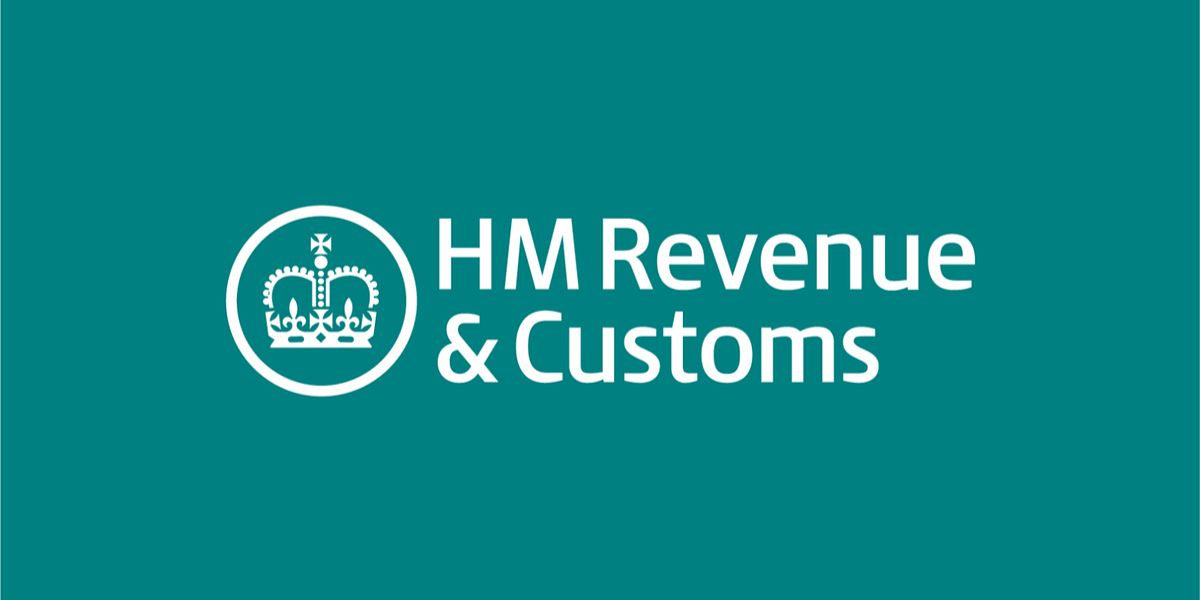On 13 August 2020 HMRC released updated statistics on capital gains tax collection.
UK capital gains tax (CGT) is charged on gains realised on the disposal of assets. Types of disposal can include sales, gifts, and exchanges but the death of an individual is not treated as a disposal of their assets. Assets subject to CGT are property, land, stocks and shares and other tangible items of wealth but also include intangible assets.
The capital gain is generally calculated as the difference between the disposal proceeds and the cost of acquiring the asset, but in some circumstances the market value of the asset at the time of acquisition or disposal is used. The costs include expenditure which has increased the asset’s value, and incidental costs of acquisition and disposal. A number of reliefs and exemptions are available to reduce chargeable gains.
CGT statistics for 2018/19
The total liability to capital gains tax (CGT) was GBP 9.5 billion in 2018/19 and there were 276,000 taxpayers. The total amount of chargeable gains on which the liabilities were based was GBP 62.8 billion.
Most of the CGT collection was from a small number of taxpayers making large gains, with 40% of the CGT collected in 2018/19 coming from taxpayers who made gains of GBP 5 million or more. These were less than 1% of the total number of CGT taxpayers.
Entrepreneurs’ Relief (Business Asset Disposal Relief)
In 2018/19 Entrepreneurs’ Relief was available to individuals and some trusts to claim relief on qualifying gains made on the disposal of all or part of a business; the assets of a business after it has stopped trading; or shares in a company. This relief reduced the effective rate of CGT to 10% on the first GBP 10 million (reduced to GBP 1 million in 2020) of lifetime gains on qualifying disposals.
In 2018/19 more than a quarter of CGT came from disposals that qualified for Entrepreneurs’ Relief, which was claimed by 46,000 taxpayers on gains of GBP 27.7 billion, with a CGT charge of GBP 2.7 billion. The number of taxpayers claiming Entrepreneurs’ Relief increased by 7% between 2017-18 and 2018-19, but had generally fluctuated between 40,000 and 51,000 taxpayers during the previous six years.
Gains that are eligible for Entrepreneurs Relief account for a substantial amount of CGT gains and are concentrated amongst individuals who have large gains. More than 74% of the total capital gains and 76% of the CGT charged at the 10% Entrepreneurs’ Relief rate in 2018-19 was from the 13% of individuals with qualifying gains of GBP 1 million or more.
Changes were made to Entrepreneurs’ Relief, which has been renamed Business Asset Disposal Relief, in the 2020 budget announcements. The lifetime limit has been reduced from GBP 10 million to GBP 1 million and further anti-avoidance measures have been introduced.


















